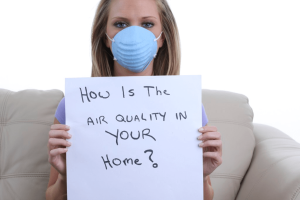
Indoor air pollution kills almost as many people as toxic air outdoors — more than three million in 2020, according to the World Health Organization — but hasn’t faced the same scrutiny. If you’re reading this, you probably spend most of your time indoors, where carbon monoxide, mould spores, cancer-causing fumes, particulates and respiratory pathogens can build up. Such diversity makes it challenging to define what good indoor air quality looks like and how best to achieve it. It’s time for science to step up, argue atmospheric chemist Alastair Lewis, public-health physician Deborah Jenkins and Christopher Whitty, the UK government’s chief medical adviser.

